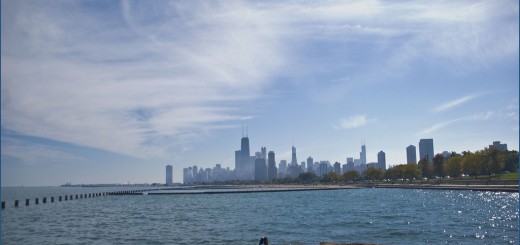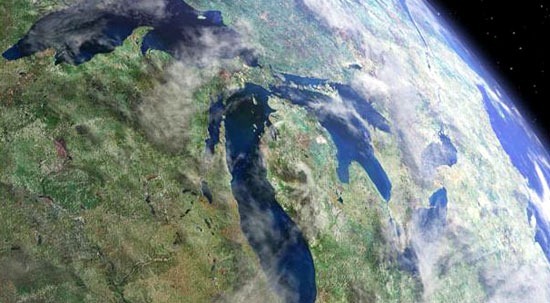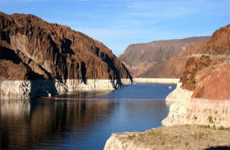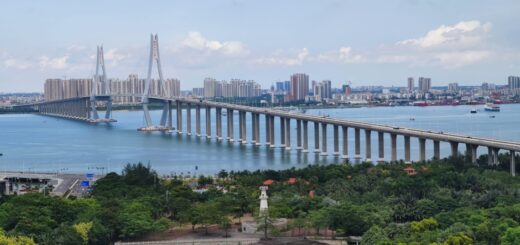Research Brief: Calculating Dissolved Organic Carbon using fDOM in Wildfire Affected Streams
0While the land impacts of wildfires are visually apparent, the influence on water quality is less known, though the elevated presence of dissolved organic carbon (DOC) in streams following wildfires impacts aquatic organisms, ecosystem health, and water treatment systems. Difficult to measure, dissolved organic carbon can be extrapolated from fluorescent dissolved organic matter (fDOM) as a proxy.
A 2024 study published in Hydrological Processes examines the ability to develop high-frequency dissolved organic carbon estimates in surface waters using fluorescent dissolved organic matter sensors in turbid waters and comparing water quality in adjacent burned and unburned watersheds for separating climate and wildfire effects.1
The objectives of the study are to use established methods for fluorescent dissolved organic correction to develop a new method for monitoring dissolved organic carbon in highly turbid waters typical in post-wildfire storm responses and to identify factors contributing to inter-site difference in post-wildfire fluorescent dissolved organic matter (dissolved organic carbon) response.
The hypotheses of the study were three-fold:
- Current fluorescent dissolved organic matter correction approaches used for dissolved organic carbon extrapolation need to be modified when turbidly exceeds 300 FNU, as is the case in waterways that run through wildfire areas and experience storm events.
- “Climate will be a more important driver of post-wildfire dissolved organic carbon than burn severity.”1
- Wildfires may not substantially change concentrations in snow-dominated watersheds unless there are major wildfire-related changes in snow accumulation.1

2013 photo of the Alder Fire in Yellowstone National Park. (Credit: Mike Lewelling / National Park Service via Flickr Public Domain)
Methods
Four watersheds in the western U.S. that experienced wildfires in 2020 or 2021 were selected for this study: the Arroyo Hondo, Little North Santiam River, Shields River, and North Inlet. Streamflow and water quality were monitored at USGS stream gage sites before and after the wildfire.
Discrete sampling was initiated as soon as possible after the wildfires and sampled year-round, with the exception of the Shields and North Inlet sites in the Rocky Mountains due to weather, and were sampled from April to October.
Refrigerated autosamplers were deployed post-wildfire to collect samples during storm events. The samples were triggered by increases in turbidity with the goal of capturing rapidly changing conditions and elevated concentrations.
In-stream sensors collected data every 10- to 15-minute intervals using data loggers. Sensor instrumentation includes thermistors for water temperature and optical sensors for turbidity and fluorescent dissolved organic matter. These optical sensors were housed in a YSI EXO2 sonde, Cyclops-7, EXO3 sonde, or CS547A.
Data from the sites were compared before and after the wildfires to evaluate changes in dissolved organic carbon based on various drivers, including the wildfires.
Results
This study developed a novel method for estimations from fluorescent dissolved organic matter in highly turbid waters by comparing data from the four different sites. The site comparison also “revealed how differences in hydrology, climate, landcover and wildfire extent and severity may drive post-wildfire dissolved organic carbon response.”1
Climate and hydrology were found to be more important drivers of post-wildfire dissolved organic carbon than burn extent and severity.
Ultimately, precipitation and streamflow control yielded large, transient spikes in dissolved oxygen carbon concentration in response to response to precipitation streamflow during the first- and second-years post-wildfire. Additional years of monitoring will help build a better understanding of how long after wildfire these spikes in DOC may occur.1
Source
- Akie, G. A., Clow, D. W., Murphy, S. F., Clark, G. D., Meador, M. R., & Ebel, B. A. (2024). An Intercomparison of DOC Estimated From fDOM Sensors in Wildfire Affected Streams of the Western United States. Hydrological Processes, 38(12), e70023. https://doi.org/10.1002/hyp.70023













